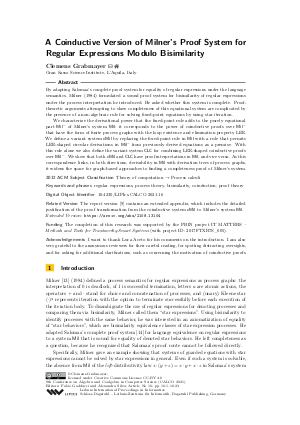LIPIcs.CALCO.2021.16.pdf
- Filesize: 0.85 MB
- 23 pages

 Creative Commons Attribution 4.0 International license
Creative Commons Attribution 4.0 International license





Feedback for Dagstuhl Publishing